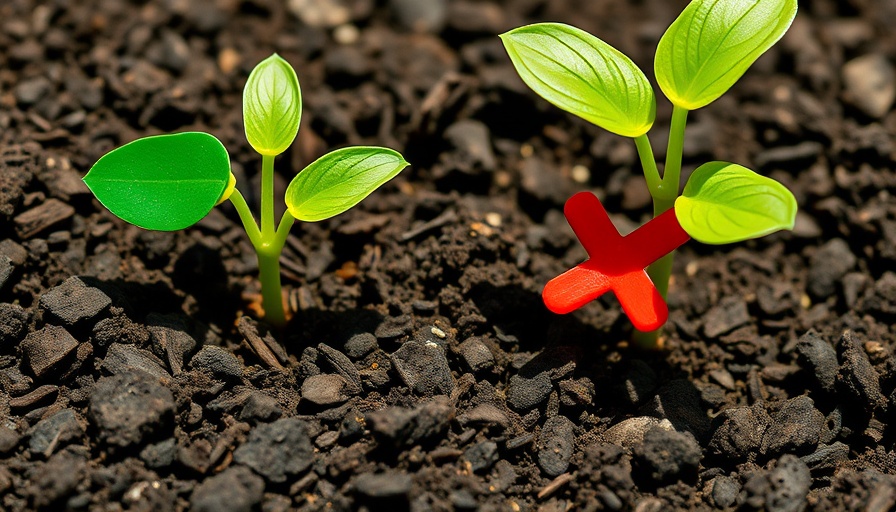
Spring into Action: Get Ready to Plant Vegetables in February
As the winter frost begins to thaw and the sun starts to shine, February offers an excellent opportunity for gardeners to kickstart their planting efforts both indoors and outdoors. For those with a green thumb, this month is essential for laying the groundwork for a fruitful growing season ahead. Whether you’re just starting your vegetable garden or looking to expand your existing one, understanding what to plant and when can make all the difference.
Understanding Your Growing Zone
One of the key aspects of successful vegetable gardening is knowing your USDA Hardiness Zone. This classification helps you determine the ideal planting times for various crops based on the climate in your area. For example, in warmer climates like Zones 7-10, you can direct sow several cool-weather vegetables early in the month, while more northern areas might still be prepping for the season. According to the Virginia Cooperative Extension, knowing your local frost dates is critical to selecting the right vegetables (Reference Article 1).
Top Vegetables to Start This February
Here’s a roundup of vegetables ideal for planting in February, categorized based on their hardiness zones:
- Broccoli: A favorite among gardeners, broccoli thrives in cooler weather. Zones 7-10 can start sowing seeds for a late spring harvest.
- Lettuce: Perfect for cooler temperatures, lettuce can be sown directly outdoors in most mild climates, providing fresh greens as the weather warms.
- Peppers and Tomatoes: While too early for outdoor planting in cooler areas, starting seeds indoors for peppers and tomatoes can yield strong seedlings ready for the warmer months.
- Herbs: Always a favorite, herbs like basil and thyme can be planted indoors throughout the winter, bringing a burst of flavor to your kitchen.
The Benefits of Indoor Gardening
Indoor gardening is a great way to kick off the planting season. It allows for flexibility and control over growing conditions. Using grow lights and humidity domes can create an ideal environment for seed germination. Many gardeners find that starting vegetables indoors not only gives seeds a head start but can also protect them from harsh weather conditions, ensuring stronger, healthier plants come spring (Reference Article 2).
Practical Tips for February Planting
Getting started with your outdoor garden this month can be manageable with a few strategic tips. Begin by preparing your garden beds with nutrient-rich compost to ensure your crops have a strong foundation. Also, consider using row covers or cold frames to extend your growing season by protecting young plants from unexpected frosts. Planting in raised beds also aids drainage and can warm soil faster in the spring, making them the perfect environment for early crops.
Future Trends in Gardening
As gardening continues to grow in popularity, innovative techniques are emerging. Hydroponic systems allow for soilless gardening, making it possible to grow vegetables indoors all year round — a flexible option for those in urban areas with limited outdoor space. These advancements make gardening more accessible than ever and support sustainable practices as well.
Take Action and Start Planting!
February is the month to prepare your garden for success. Whether you're growing vegetables, herbs, or flowers, take the time to plan, plant, and nurture your garden. The rewards of your efforts will not only provide fresh produce but also beautify your space and enhance your mental well-being. So grab your gardening tools, plan your garden layout, and raise your seedlings — spring is just around the corner!
 Add Row
Add Row  Add
Add 




Write A Comment